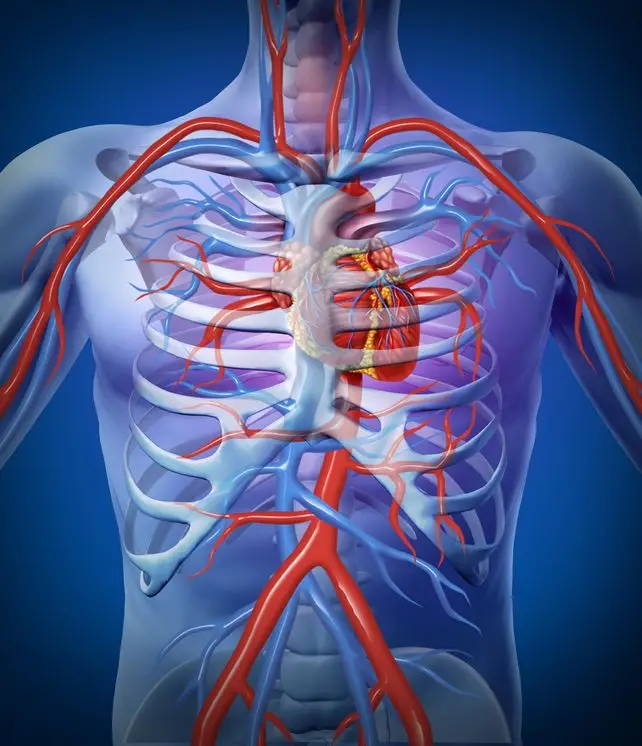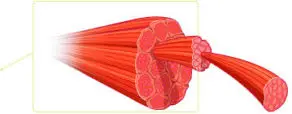
Having an understanding of softball anatomy and physiology is helpful in planning programs that will maximize your athletes abilities to execute softball skills successfully. We are made up of 206 bones and 640 muscles. When you consider what is actually happening inside our bodies during the execution of a skill, you can only be amazed at the real complexity of on and off the field training.
Components of Softball Anatomy and Physiology
Muscles
As we know, it is our muscles that initiate all movements that we make. Whether we are simply standing up from a chair or sprinting to catch a bus or preparing to execute a softball skill. In this game, our job as coaches and trainers is to maximize the efficiency of those muscles and in power sports like ours, our athletes need to execute the skill as powerfully and as quickly as possible. This can also be referred to as moving the force time curve to the left.
There are 2 types of muscle fibers that are involved in our actions. The type and amount of those fibers in the body is genetic and studies currently do not show that they can in fact be multiplied. They can be changed in size and some studies show they can be converted to some degree however they can not be multiplied.

Slow Twitch Muscle Fibers (type I)
These fibers are most suited for events that rely on oxygen such as long distance as they do not tire easily. Although not the dominant fiber for power sports like softball, they are the first to act in any movement. These fibers are also important in the recovery process, especially during aerobic compensation activities which would be done after high intensity training.
Fast Twitch Muscle Fibers (type II)
These fibers are used in explosive activities like hitting and base running and fatigue more quickly than slow twitch fibers. They tire easily and are not able to utilize oxygen the same way as slow twitch muscle fibers. For this reason they are the sole work horses for anaerobic alactic activity such as throwing, fielding, hitting and base running.
The Combination
Activities that are lasting more than 2 minutes will use a combination of slow and fast twitch muscle fibers. Lactic acid build up is the result of higher intensity endurance activities such as the 400 meter sprint and the all out efforts in a sport like hockey. In softball the buildup of lactic acid is mostly non existent except for perhaps in the most untrained athlete or running out a triple or in the field home run.
Training should include both types of muscle fibers to maximize the total output potential of our muscles.
Bones

Without bones we would literally be a mountain of materials without any ability to move at all. Bones are moved by the contraction of muscles which are attached to the bones by tendons. Bones are held together at joints by ligaments. Many softball players are very familiar with ligaments as a result of tears and /or other injuries.
The reason there are many injuries with ligaments, is that the body is sometimes not prepared adequately for the training or competition which puts enormous stress on the joints. That is why anatomical adaptation is critical in any yearly training plan. And if you will not be using a yearly training plan, working in this phase will keep your players fit for softball.
Injuries
An ounce of prevention really is worth a pound of cure. Without preparing the body adequately and exercising caution, softball injuries will occur. Caution may be in the form of proper skill technique and participating in activities that the body is in fact capable of rather than taking unwarranted risks. Yes, there are risks that are essential during competition but they are mostly risk factors that affect the outcome of a skill rather than the outcome of the health of body.
